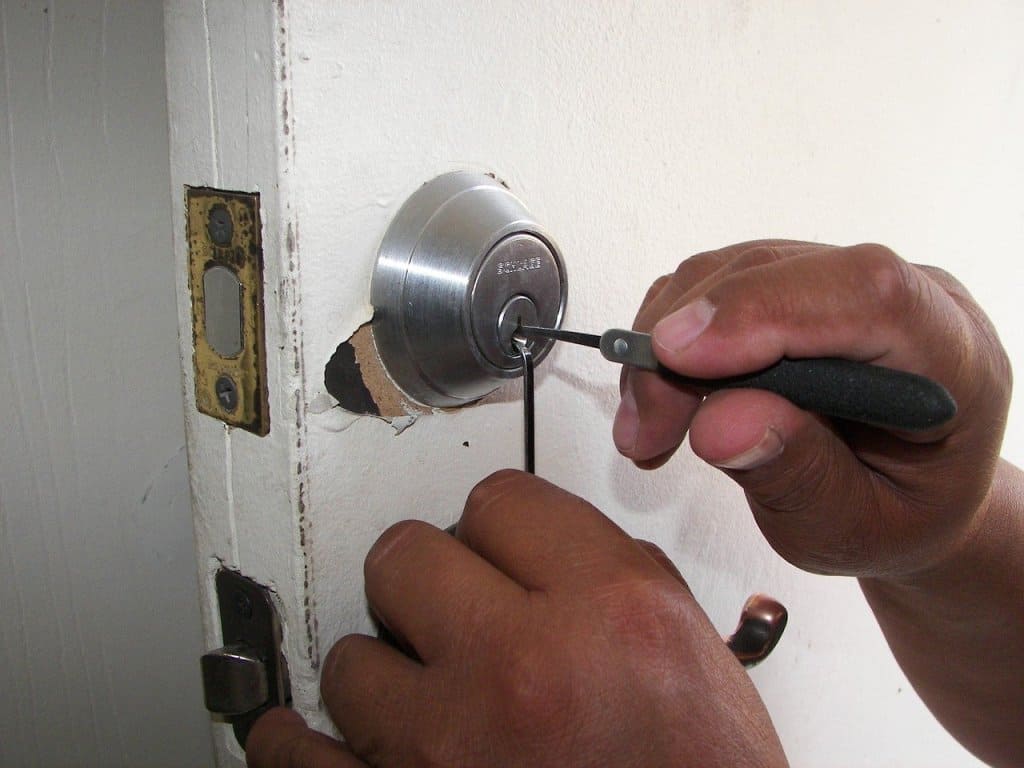Key won’t turn in the lock
Few things are more frustrating than coming home and finding that your key won’t turn in the lock. Whether it’s your front door, office, or car, a stubborn key can make you feel stuck—literally.
The good news is that most of the time, the problem can be fixed without replacing the whole lock. Here’s a practical breakdown of what might be going on and how to deal with it safely.
Common reasons why a key won’t turn
- Wrong key or partially inserted key
It sounds obvious, but it happens more often than you’d think—especially when two keys look similar. Make sure the key is fully inserted. Try removing it and reinserting it gently before applying any force. - Worn or damaged key
Keys wear out over time, especially those used daily. Small bends or worn edges can make it hard for the key to align with the pins inside the lock. If your key looks bent or chipped, try using a spare one. If that works, get a new copy made from the working key. - Lock cylinder jammed or dirty
Dust, dirt, or even metal shavings can get inside the keyway, stopping the pins from moving properly. Try spraying a small amount of graphite or silicone-based lubricant into the lock. Avoid WD-40 or oil, as they can attract more dust and worsen the problem later. - Frozen lock (in cold weather)
In winter, moisture inside the lock can freeze, making it impossible for the key to turn. Gently warming the key with your hand or a lighter (not too close to the flame) and then inserting it can help. A dedicated de-icer spray also works well. - Misaligned door or latch
If the door has shifted on its hinges, the latch and strike plate might not line up properly, putting pressure on the lock cylinder. Try pulling or pushing the door slightly while turning the key. If that works, the door may need hinge or frame adjustment. - Broken lock mechanism
Over time, the internal components can wear out or break, especially in older locks. If none of the simple fixes help, the lock may need professional servicing or replacement.
What to do (and what not to do)
- Do not force the key.Excessive pressure can snap it inside the lock, making the problem worse.
- Try a spare key.If the spare works, it’s a sign that the original key is the issue.
- Lubricate correctly.Use graphite powder or silicone spray, never oil or grease.
- Check door alignment.If the door drags or the handle feels stiff, it’s likely a misalignment issue rather than a faulty lock.
- Call a locksmith.If the key won’t budge after these checks—or worse, gets stuck—contact a professional. A locksmith can diagnose whether the cylinder needs repair, replacement, or rekeying. For example, you can call Londoner Locksmith if your door won’t turn at any time.
When to call a locksmith
If you’ve tried cleaning, lubricating, and checking alignment but the key still won’t turn, the problem may be internal. A locksmith can:
- Extract stuck or broken keys safely
- Replace or repair worn cylinders
- Adjust the door and strike plate
- Rekey the lock if it’s become unreliable
In many cases, a professional fix costs less than forcing the key and ending up with a snapped key or damaged lock.
Final thoughts
When a key won’t turn in the lock, it’s usually a sign of wear, dirt, or misalignment—not necessarily a reason to replace everything. Take a calm, step-by-step approach and avoid forcing the key.
If in doubt, let Londoner Locksmith handle it. A short visit from a professional can save you a lot of frustration—and possibly a broken lock—down the line.




























